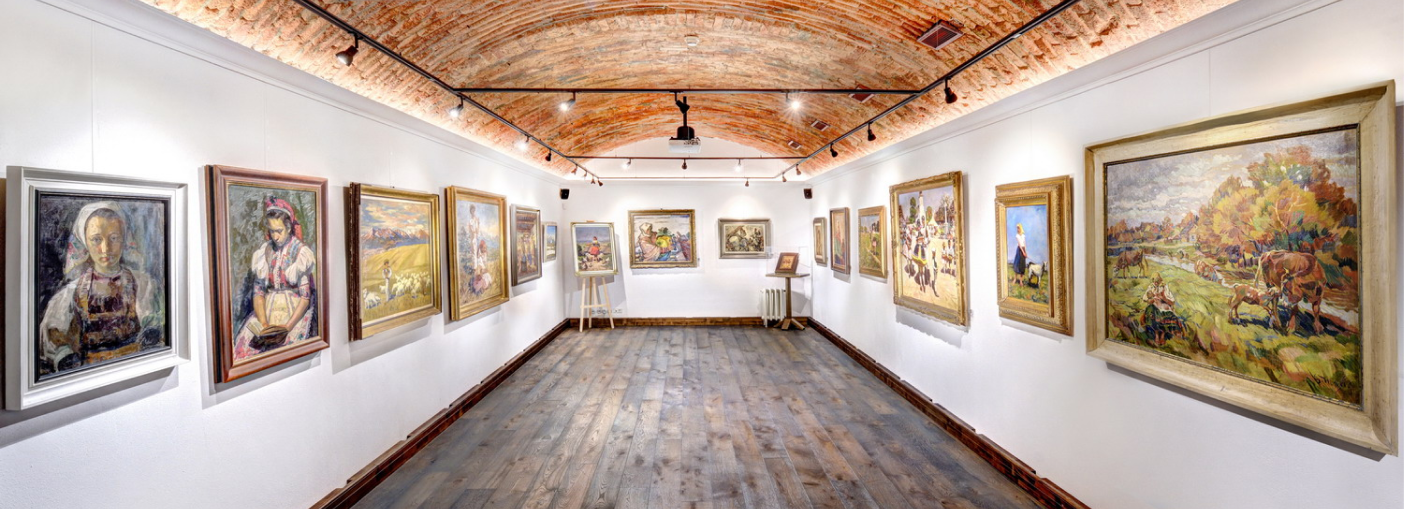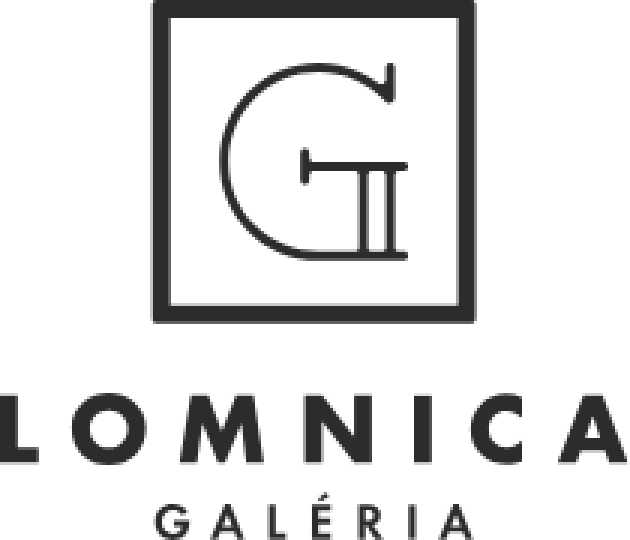
Matilda Čechová was born in 1908 in Čičmany and died in 1995 in Bratislava. In 1912 – 1920, she lived with her parents in Austria. After returning, she lived partially in Slovakia and partially in Bohemia. She graduated the Teaching Institute in Martin and later, while working, she studied at the Department of Textile of the School of Applied Arts under Ľ. Fulla, M. Galanda and F. Mallý. She received additional education in arts at the Slovak College of Technology in Bratislava under the tuition of M. Schurmann, G. Mallý and J. Mudroch and in 1947 – 1948, she studied at the Department of Graphics and Painting of the Academy of Fine Arts in Rome, in the class of N. Maccari. Matilda Čechová also worked as a pedagogue – between 1933 and 1955 she taught at the Technical School for Female Professions. Then, she worked as a freelance artist in Bratislava until her death in 1995 She was a dedicated graphic artist, drawer and painter and worked also on non-woven tapestry. In her painting, she focused predominantly on landscapes and genre painting. Her landscapes had a significant impressive undertone, she drew inspiration from the respective Slovak regions, mainly her native village of Čičmany, Fačkov, Rajecká dolina as well as Kysuce, Orava and surroundings. Besides the above, she took inspiration from the wartime Slovak National Uprising, which was depicted in her cycle Uprising from 1956, she processed the topic of Jánošík with linocuts from the Jánošík cycle (1963). In applied arts, she created the tapestries titled The Boys Are Drinking, They Are Indeed (1961), Decoration of the Bride (1974). She also worked with artprotis (specific Czechoslovak style of textile decoration), and in her later period also made monumental pieces of work. Matilda Čechová was also an avid collector and conservator. Her collection of folk costumes, ceramics, sculptures and glass painting is a part of the collection funds of the Považie Museum in Žilina and Orava Gallery in Dolný Kubín. Matilda Čechová was a co-founder of the Gallery of Folk Sculptures in Slanická Osada in Orava, where she also displayed her collection of wooden, ceramic and stone sculptures from across Slovakia. From her sojourns in Orava, she regularly made a large number of sketches and drawings which she later used in painting (especially the motives from the village of Zázrivá or the town of Tvrdošín). She participated in domestic and foreign exhibitions organised by the Association of Slovak Fine Arts, the Group of 29th August and Hollar, of which she was a member. Although her contribution as an artist is not essentially style-setting, she deserves an honorary position not only in the Generation 1909, but also in the creative testimony on inspiration and influence of the School of Applied Arts and the Department of Drawing and Painting of the Slovak Technical College (SVŠT) as our key institutions in art and pedagogy. Bibliography: Váross, M.: Slovenské výtvarné umenie 1918 – 1945. SVKL Bratislava 1960. Kol. aut.: Malý slovník slovenských výtvarných umelcov, SFVU BA 1988
